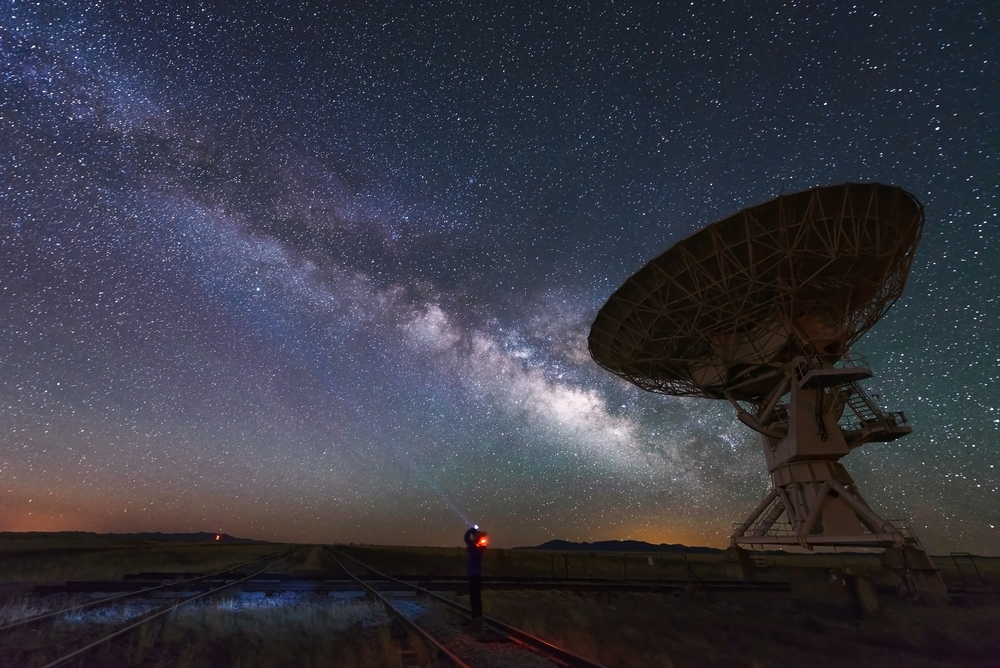Too many satellites cause light pollution: researchers call for regulation
The multitudes of satellites in low earth orbit (LEO) not only disrupt space research by flying into telescopes. They also disrupt visibility due to increasing light pollution.
In a series of articles in the specialist magazine Nature Astronomy astronomers are now sounding the alarm. They call for more regulation of satellite companies to continue observing and studying space.
The number of satellites in LEO has more than doubled since companies like Oneweb or Elon Musk’s SpaceX sent their first loads of Internet satellites into space in 2019, as the researchers explain. These satellites reflect sunlight and light up the sky, which greatly exacerbates the problem of light pollution.
The consequences for research and humanity itself are worrying. “In just three years, clusters of satellites have become a serious threat to astronomy. We are escaping a dramatic, fundamental and potentially near-permanent change in the night sky that is unprecedented and under control,” writes John Barentine of Dark Sky Consulting.
Among other things, weak astrophysical signals would become increasingly difficult to receive due to the increasingly bright sky, as the researchers write. Such companies would not regulate themselves, which is why other scientists would have to rebel against the “light industry”.
Editor’s Recommendations
“In my view, there should be a cap on the total number of satellites in low orbit, and the number is probably already too high,” writes Fabio Falchi of the Light Pollution Science and Technology Institute in a comment piece of the article series. For large satellite groups, such as those sent into space by Starlink, among others, this could mean a ban for the authors.
An example of a lack of self-regulation is SpaceX, dem Science News According to this, around half of the currently active satellites in LEO now belong to. This is not the first time the company has come under criticism for light pollution with its Starlink program.
SpaceX then began to darken its satellites by a factor of five, for example by coloring the equipment. However, the company has withdrawn these measures Nature reported in the past year. The laser communication between the satellites was made more difficult by the darkening.
To the European Southern Observatory According to this, there are currently around 9,800 satellites in LEO, around 7,200 of which are active. This number could increase exponentially in the coming years: Starlink alone plans to send another 42,000 satellites into orbit.



